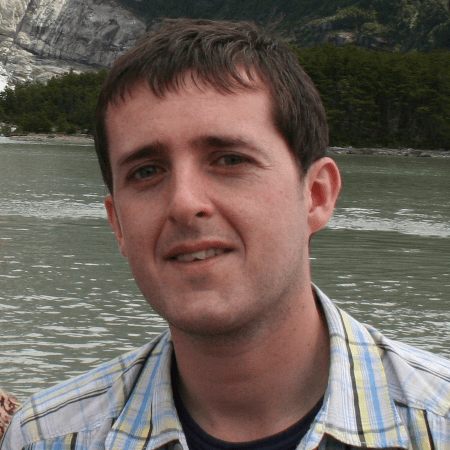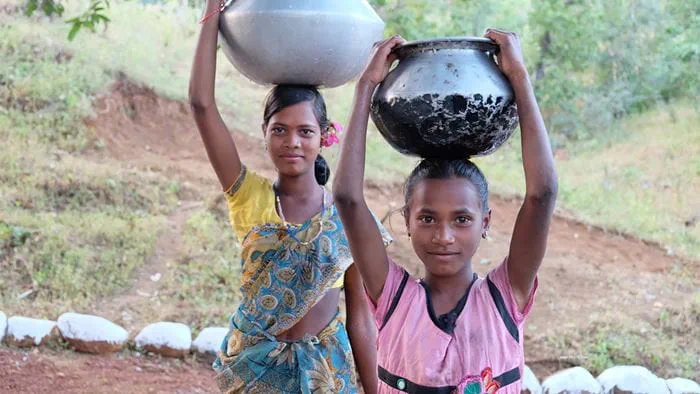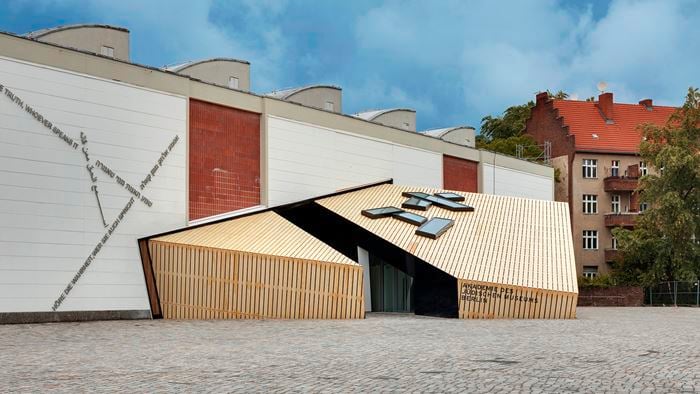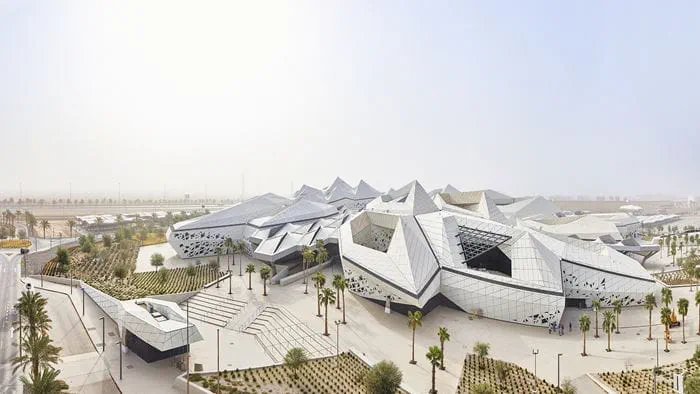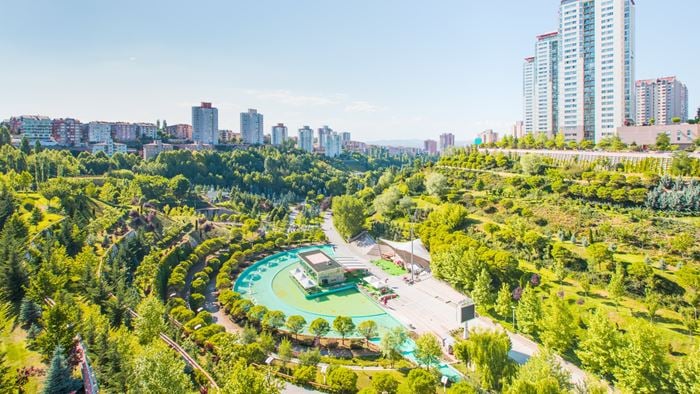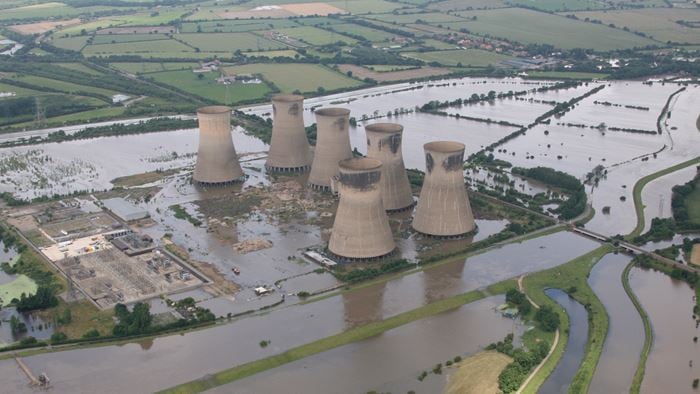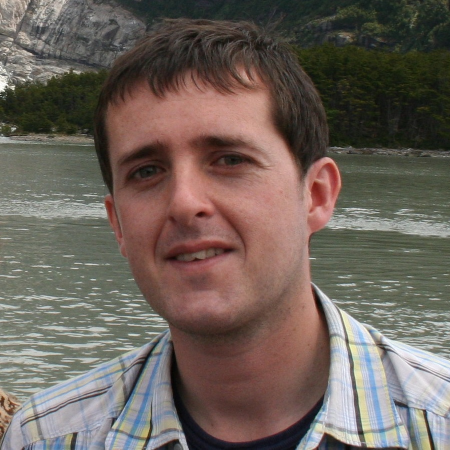Every day, approximately 2.4 billion people live with water shortages owing to the arid climates in which they live. With more extreme weather events predicted as a result of climate change, the number of people affected globally is expected to increase - disproportionately affecting communities living in rural and remote areas.
WaterUp aims to address this by producing language-neutral, digital educational materials for communities, providing them with techniques to catalyse landscape restoration and livelihood improvement.
In collaboration with The Flow Partnership and WaterAid, the WaterUp project actively engages with rural communities in drought-stricken areas to understand their needs, unique challenges, and opportunities for change in support of the UN Sustainable Development Goal (SDG) #6: Clean water and sanitation for all.
By understanding hydrological processes and management techniques, local people can be up-skilled to play a crucial role in catalysing widespread change in local water management.
Project Summary
1,700 people have received improved water access already
15%increase in vegetation cover in surrounding landscapes
Understanding India's water solutions
We first conducted field surveys of existing rainwater harvesting features, known locally as johads, in the Sarsa catchment in Alwar, a remote and arid region of Rajasthan, India. Johads are earthen check-dams that capture and store monsoon rainfall when strategically placed along flowpaths within a catchment; water can then infiltrate the earth and recharge groundwater aquifers to ensure the sustainable, clean and reliable supply of water to nearby wells all year round.
In the Sarsa catchment over the past 30 years, around 500 johads have been constructed using traditional wisdom led by Rajendra Singh. Rajendra Singh, widely known as the “Waterman of India”, and his team of water engineers have worked with their communities to restore and create thousands of traditional rainwater harvesting structures and wells in the wider area through their charitable organisation Tarun Bharat Sangh (TBS).
The benefits
Johads provide local communities with access to reliable, clean water for drinking, washing and irrigating.
Improved water access greatly improves the health and wellbeing of local people from a nutritional perspective, and also leads to socioeconomic benefits. Harvests are more successful with greater yields and where some farmers were previously only getting one or no harvests a year, they can now reap as many as three harvests annually. Communities able to sustainably keep and graze livestock and stock fish has further contributed to enhanced livelihoods.
Supporting local solutions
Learning from the success story of the Sarsa, WaterUp constructed a new johad feature and repaired an existing one in a neighbouring catchment. These two new johads now directly supply 1,100 people with clean and reliable drinking water, year round.
Using a combination of light machinery and local equipment, members of the local community were directly involved in the construction process, instilling a sense of ownership and communal pride in the project. It also enables the local people to replicate it again elsewhere and carry out any necessary maintenance as required. Each stage of the construction process was fully documented and recorded by the WaterUp team.
“Looking at the water being collected by the structures and the prosperity that it’s bringing, I am humbled seeing the transformation of the landscape made possible by people working in partnership. ”
Philip Franses Director Strategy, The Flow Partnership
Digital education tools
Footage of the construction process, from site selection through to the completed johads filling up with captured monsoon rain, has been used alongside animation and graphic design to produce the language-neutral, digitally-enabled educational film.
By appraising the natural environment, topography and vegetation, the character of the water landscape and underground aquifer can be deduced to inform the best, most effective location to install a johad. The film then demonstrates the principles of design and physical process of building a johad along with guidance on the use of the rainwater harvesting features.
Global dissemination
Our educational tools have been tested in a neighbouring community in India, before being put to the test in an entirely different community in Colombia, ensuring compatibility with contrasting cultures, geographies, and people. The tools are now globally available and freely accessible via the Flow Partnership’s flagship global Water School for all to view.
“By creating simple educational tools that can be easily shared and understood worldwide, it is our aim to help communities take better care of their water resources and alleviate the risks of water crises. ”
David Hetherington Associate
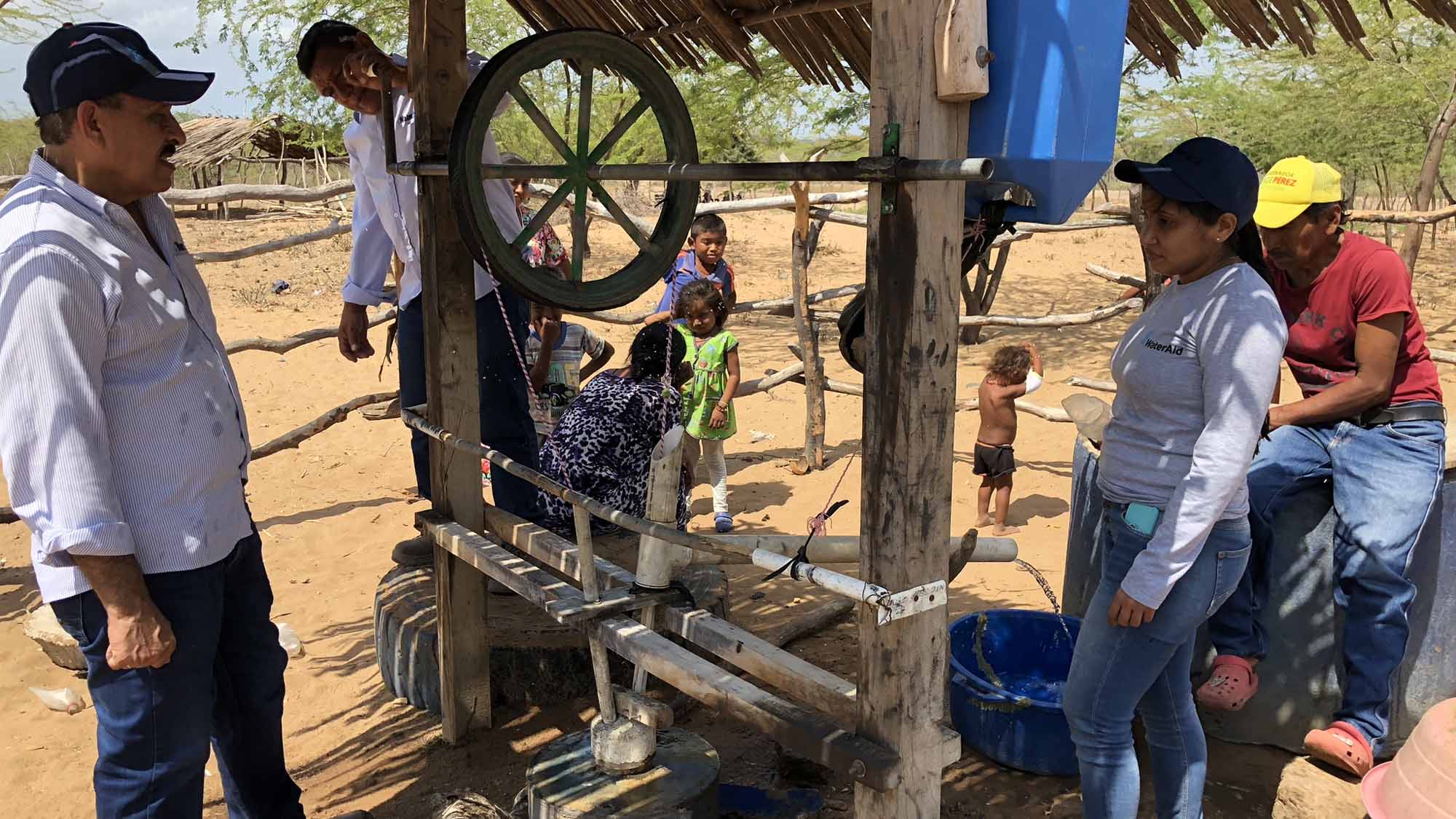
Global water literacy
Improving global water literacy is a crucial part of tackling existing and emerging water management issues. By re-educating communities on the water cycle, catchment processes, and simple yet effective water management techniques, this project can boost communities’ water resilience. The language-neutral, interactive, engaging, and globally accessible nature of the educational materials, regardless of the audience’s level of education, cultural background, or degree of wealth, is how WaterUp is making meaningful progress towards the global achievement of SDG #6, and with it, many other SDGs as well.
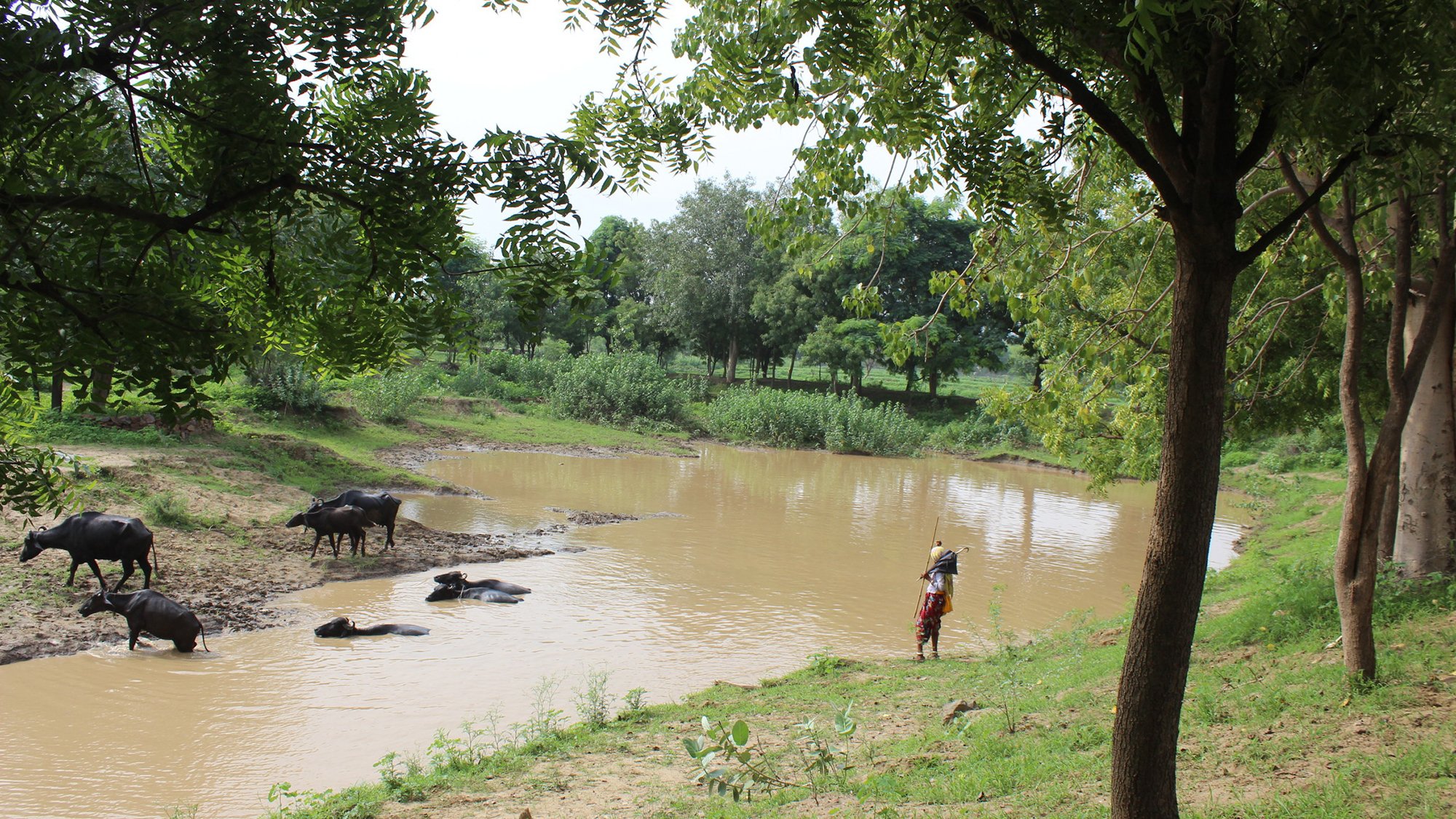 ;
;


